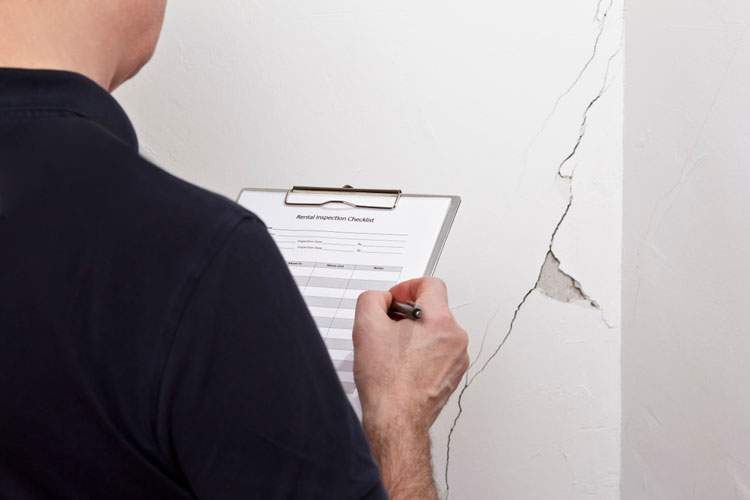Understanding Damages to Rental Property: A Guide for Landlords
Owning rental property can be a rewarding investment, but it also comes with challenges—particularly when it comes to tenant-caused damages. While normal wear and tear is expected in any rental unit, extensive damages can leave landlords facing costly repairs, legal disputes, and even income loss. Understanding how to identify, document, and address damages is crucial for protecting your investment.
Differentiating Wear and Tear from Actual Damage
One of the most important responsibilities for landlords is recognizing the difference between ordinary wear and tear versus true property damage.
Wear and tear refers to the natural deterioration of a property due to everyday use. Examples include faded paint, minor carpet wear, or slightly loose door handles. These are typically the landlord’s responsibility to maintain.
Property damage, on the other hand, is caused by tenant neglect, misuse, or intentional actions. Broken windows, large stains, holes in walls, or damaged appliances fall into this category. These costs can often be deducted from the tenant’s security deposit.
Common Types of Rental Property Damages
Rental properties—both residential and commercial—face similar risks when it comes to damages caused by tenants. Some of the most frequent issues include:
- Structural Damage – Broken doors, cracked tiles, or holes in drywall.
- Appliance Damage – Misuse of ovens, refrigerators, or HVAC systems leading to costly replacements.
- Water Damage – Neglected leaks or improper use of plumbing causing mold or flooding.
- Flooring Issues – Pet stains, burns, or excessive scratching on hardwood and carpets.
- Exterior Neglect – Damage to landscaping, parking areas, or entryways, particularly in commercial spaces.
Steps to Protect Your Property
Landlords can take proactive measures to minimize damages and protect their properties:
- Thorough Tenant Screening: Reviewing credit history, references, and rental background can help identify reliable tenants who are less likely to cause damage.
- Detailed Lease Agreements: Clearly outline tenant responsibilities, maintenance expectations, and consequences of property neglect.
- Move-In and Move-Out Inspections: Document the condition of the property with photos and written notes before and after tenancy. This provides solid evidence should disputes arise.
- Regular Property Checks: Scheduling periodic inspections ensures early detection of potential damage, allowing for quicker repairs and less costly issues.
When Damages Lead to Eviction
Unfortunately, some cases of tenant-caused damages go beyond repair deductions and escalate to eviction. Tenants who repeatedly damage property, fail to cover repair costs, or refuse to follow lease agreements can create long-term financial strain for landlords. In these situations, legal action may be the only solution to regain control of the property.
Eviction cases, especially those involving property damage, require careful handling to comply with Florida laws and protect landlord rights. Attempting to navigate the process alone can be overwhelming, time-consuming, and costly if mistakes are made.
Protecting Your Investment
Property damage is one of the toughest challenges landlords face, but with proactive measures and the right legal support, it is possible to minimize risks. If a tenant’s damages reach the point of eviction, having experienced legal representation ensures the process is handled efficiently and effectively.
For landlords in Florida seeking the most effective and efficient residential and commercial tenant eviction services, Eviction Law Firm offers the expertise and dedication needed to protect your property and investment. Call 877-573-8428


